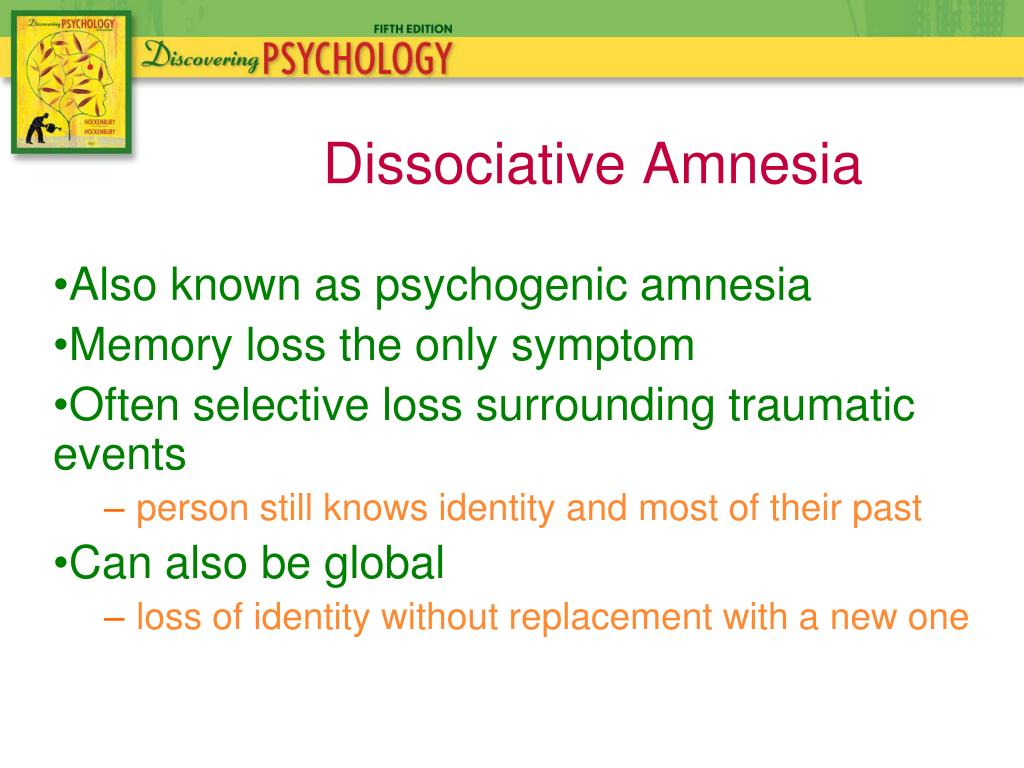

The goal is to help free the patient from what is preventing them from fully engaging in their lives. Through developing awareness of the mind-body connection and using specific interventions, somatic therapy helps to release the tension, anger, frustration, and other emotions that remain in a patient’s body from these past negative experiences. Somatic therapy emphasizes helping patients develop resources within themselves in order to self-regulate their emotions, or to move out of the fight/flight/freeze response and into a higher-functioning mode where they can think more clearly. What underlies all somatic therapies is the belief that the body can manifest mental unease and can also help heal it. Sensorimotor Therapy: In the 1980s and 90s, Pat Ogden helped create the field of “sensorimotor therapy.” Drawing on the fundamentals of the Hakomi method, sensorimotor therapy incorporates ideas from cognitive behavioral therapy and neuroscience.Non-violence is a guiding principle for the method. The therapy may not involve any bodywork, as the therapist will guide the patient’s attention to their bodies verbally. It relies on deep and sustained mindfulness.

Hakomi Method: Also developed in the 1970s, by Ron Kurtz, the Hakomi method emphasizes the physical nature of how we live in our bodies.

The goal of somatic experiencing is to redirect this energy in healthier directions. These frozen parts of ourselves accumulate energy as they should, but expend it in ways, that are counterproductive to a healthy life, such as through stress and anxiety. His idea is that we remain frozen in many parts of life as a reaction to a traumatic experience. He posited that when humans experience trauma, they can become trapped in the “freeze” part of the fight, flight, or freeze response. Somatic Experiencing: In the 1970s, Peter Levine developed a version of somatic therapy called “somatic experiencing,” which came, in part, out of Jungian therapy and his observation of animals.He believes that through education, mindfulness, and vigorous, intentional movements akin to physical therapy, a patient can reinvigorate their mind-body pathways and relieve chronic pain. Among the most prominent schools of somatics is that created by Thomas Hanna, who, in the 1970s, introduced and named the concept of “Somatics.” He theorizes that for sufferers of chronic pain, a significant amount is a result of “sensory motor amnesia,” in which neurons in the brain have lost their ability to properly control muscle tissue. Its history dates back to physical education movements of the 19th century, and included many practices, including yoga, pilates, and judo. Somatics: A broad term, somatics focuses on body movement as a means to improve mental health.Modern somatic therapy can take many forms: Fundamentally, yoga and meditation can be considered somatic therapies, and both are often incorporated into guided treatments.

Somatic therapies of different kinds have been practiced for centuries. These resources include what can be learned from one’s gestures, posture, facial expressions, eye gaze, and movement. If talk therapy has reached its limits for a patient, somatic therapy holds that the body is a largely untapped resource for psychotherapy. Thought, emotions, and sensations are all believed to be interconnected and influence one another. Instead, they believe mind and body are intimately connected, though not always in apparent ways. Practitioners of somatic therapy address what they see as a split between the body. In addition to talk therapy, somatic therapy practitioners use mind-body exercises and other physical techniques to help release the pent-up tension that negatively affects a patient’s physical and emotional wellbeing. Somatic therapy is a form of body-centered therapy that looks at the connection of mind and body and uses both psychotherapy and physical therapies for holistic healing.


 0 kommentar(er)
0 kommentar(er)
